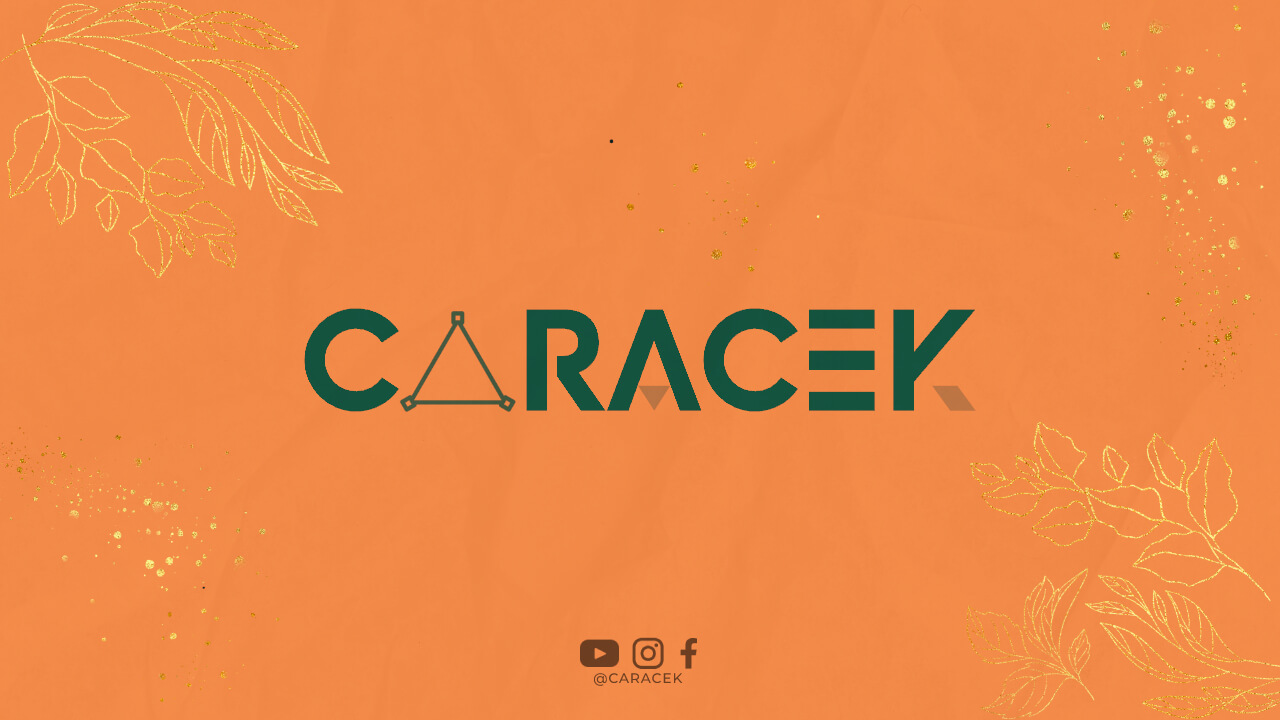Introduction
Indonesia, a country known for its diverse cultural heritage, is home to various ethnic groups that have preserved their unique traditions for centuries. Among these, the Kalaras community stands out with its rich cultural heritage, which has been passed down through generations. In this article, we will delve into the fascinating world of Kalaras heritage and discover the treasures it holds.
Origins and History
The Kalaras community traces its roots back to ancient times, originating from the region of East Java, Indonesia. The name “Kalaras” itself holds deep significance, as it refers to the harmonious blending of cultural elements from various ethnic backgrounds. Over the years, the Kalaras people have developed their own distinct customs, beliefs, and artistic expressions, creating a truly unique heritage.
Traditional Beliefs and Customs
The Kalaras community strongly upholds their traditional beliefs and customs, which are deeply intertwined with their everyday lives. One of the key aspects of their culture is the belief in ancestral spirits, which play a vital role in guiding and protecting the community. Ceremonies and rituals, such as the “Selamatan,” are held to honor these spirits and seek their blessings for various occasions, including births, marriages, and harvests.
Art and Craftsmanship
Kalaras heritage is renowned for its exquisite art and craftsmanship. The community takes great pride in their skills in creating intricate batik textiles, wood carvings, and traditional puppets known as “wayang.” These artistic expressions not only reflect the Kalaras people’s creativity but also serve as a means to preserve their cultural identity and pass it on to future generations.
Music and Dance
Music and dance play an integral role in Kalaras heritage, serving as a medium to celebrate joyous occasions and express emotions. The community’s traditional music is often accompanied by unique instruments such as the “gamelan” and “angklung.” Meanwhile, traditional dance forms like the graceful “Jaranan” and the lively “Remo” showcase the Kalaras people’s artistic prowess and their ability to tell stories through movement.
Culinary Delights
No exploration of Kalaras heritage would be complete without a taste of their delicious culinary delights. The Kalaras people have a rich culinary tradition that combines indigenous flavors with influences from neighboring regions. From savory dishes like “rawon” and “soto ayam” to sweet treats like “onde-onde” and “lumpur,” Kalaras cuisine offers a tantalizing experience for food enthusiasts.
Traditional Clothing and Attire
The Kalaras community takes great pride in their traditional clothing and attire, which showcases their unique cultural identity. Women often wear the elegant “kebaya” paired with a “kain batik” (batik fabric) skirt, while men opt for the “blangkon” (traditional Javanese headdress) and “jarik” (traditional cloth). These traditional garments not only reflect the Kalaras people’s sense of style but also serve as a visual representation of their heritage.
Preservation and Challenges
While the Kalaras community has made significant efforts to preserve their heritage, they face various challenges in the modern world. The rapid pace of development, globalization, and changing societal dynamics pose threats to the continuation of their traditions. However, through organizations, cultural festivals, and educational programs, the Kalaras people are striving to ensure the survival and appreciation of their rich cultural legacy.
Conclusion
The Kalaras heritage is a treasure trove of cultural richness, reflecting the deep-rooted traditions and artistic expressions of the Indonesian people. From their traditional beliefs and customs to their extraordinary craftsmanship and culinary delights, the Kalaras community continues to inspire and captivate with their unique cultural heritage. By acknowledging and celebrating the Kalaras legacy, we contribute to the preservation and appreciation of Indonesia’s diverse cultural tapestry.

